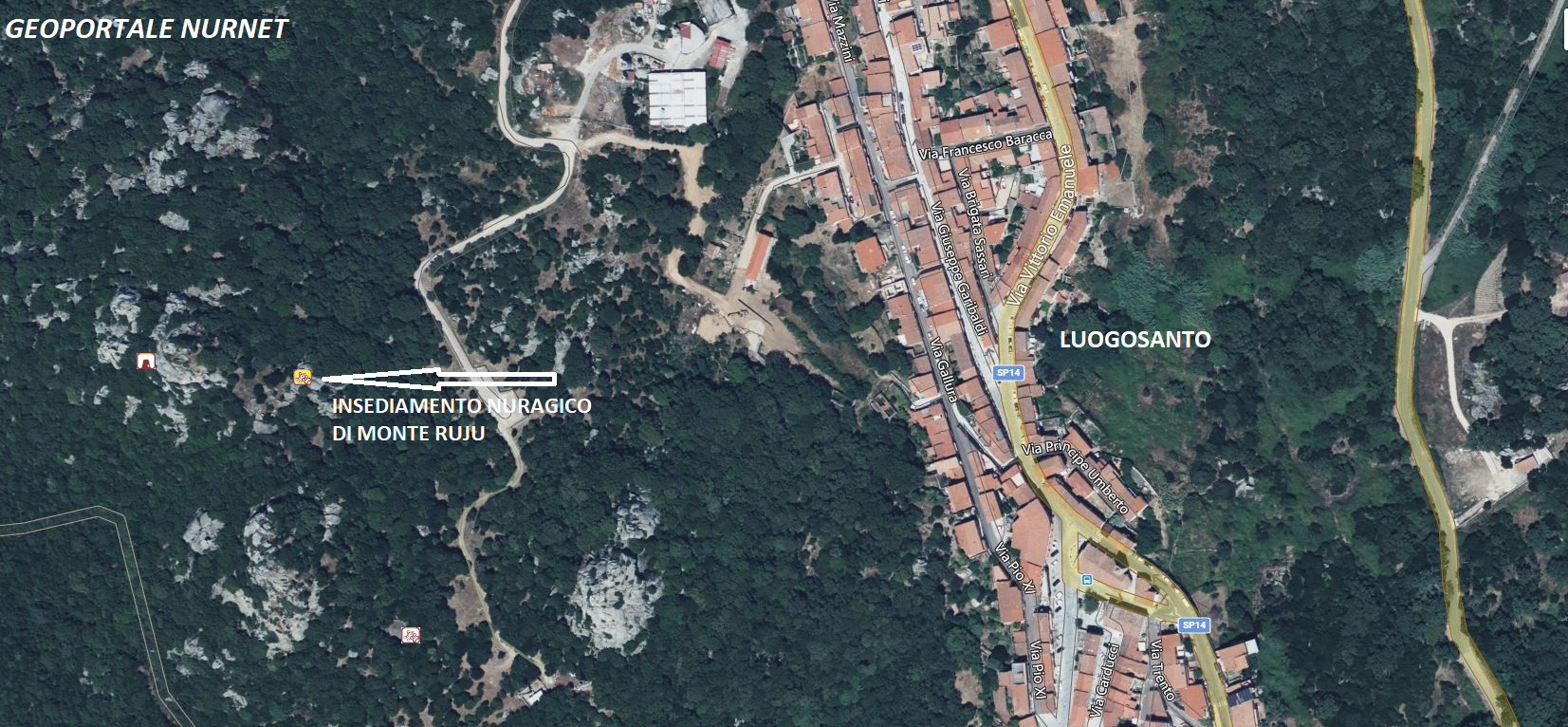In 1912, Raffaele Pettazzoni wrote in his book “La Religione Primitiva in Sardegna”:
“All of the life of the people of Sardinia is still full of survivals. Just as the Sardinian house with its characteristic plan featuring a central hearth continues a type of prehistoric house, and as in the huts (pinnetas) built today by shepherds for temporary shelter, the line and structure of the primitive nuraghe are repeated, so in the soul of the people still sings the faith and poetry of distant ages. Let us listen to a popular prayer: << S’arza, sa pinta, sa tarantula, s’abiòlu, s’iscopone mai non nde ida, Deus li malaigat, chin tottu sas puppias malas, chin tottu sas umbras de sa cussorza>>.*
It is a kind of incantation recited in Nuorese (Siligo and Siniscola) to avoid being bitten by spiders and other small insects, as if they were moved by evil spirits. One can almost hear an echo of what Solinus (a Roman writer of the 3rd century – my note) reports regarding the solifuga: ‘a small creature that has the form of a spider, and is called solifuga, because it flees from the sunlight; it abounds in the silver mines of which the soil of the island is rich; it crawls invisibly on the ground, and whoever unknowingly sits upon it is afflicted.’ Similarly, the ammutadore – as the nightmare is called in the Logudorese dialect – conceived, as it is, almost in the form of a demon, calls to mind the visions that agitated the sleep of the ancient Sardinians, who turned to incubation at the tombs to heal themselves.”
Regarding what Pettazzoni wrote, in Luogosanto, in the locality of Monte Ruju, a structure dating back to the nuragic era has been uncovered, then reconstructed with wood and branches.
As stated on the site “Il Borghista”, the “Capanna” is so named because it is presumed to have been a gathering place with political functions. Inside, there is a central hearth, surrounded by 40 stone seats and 2 basins. Another basin is located in the entrance corridor. In the area in front, one can detect another 7 collapsed huts that formed the village.”
*The translation of the prayer reported by Pettazzoni could be: “the argia, the malmignatta, the tarantula, the vespone, may the scorpion never see it, God curse them, with all the bad apparitions, with all the shadows of the countryside.” However, I do not know if s’arza and sa pinta are two ways of naming the same spider, namely the argia.
The photos of the hut of Monte Ruju in Luogosanto and the surrounding tafoni are by Romano Stangherlin. The “argia” is captured in a shot by Nicola Castangia.









